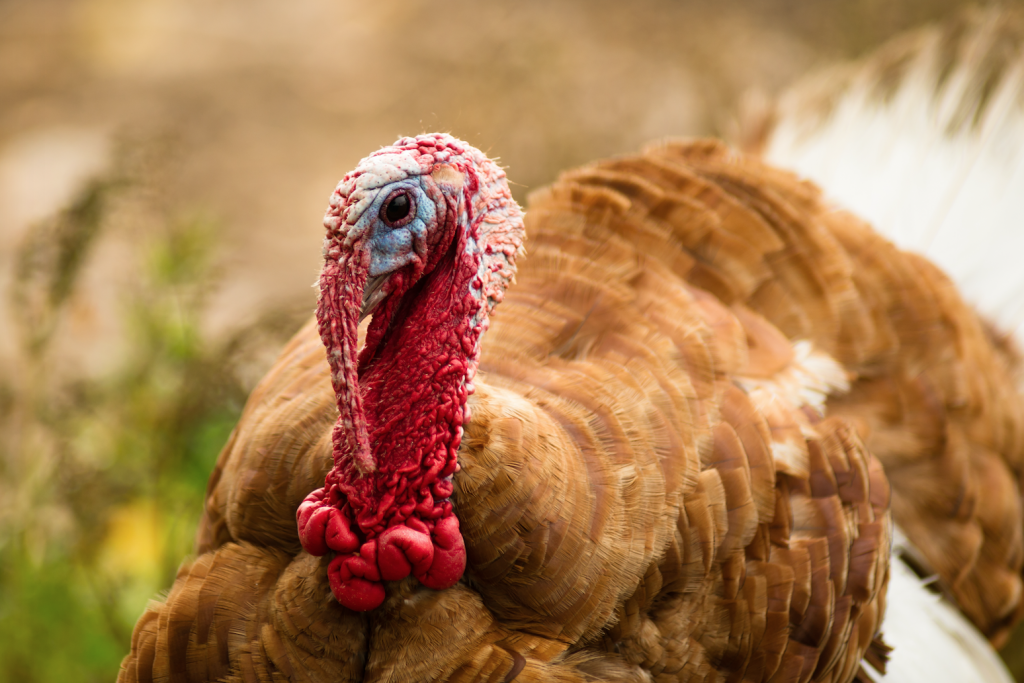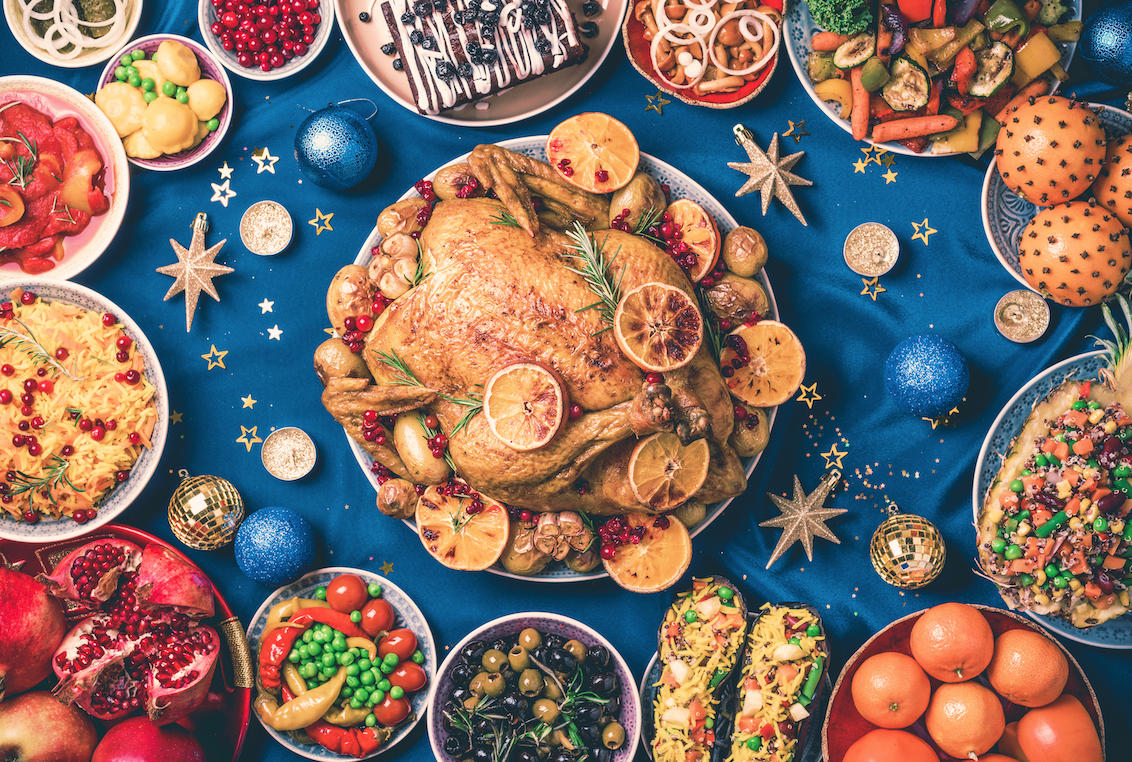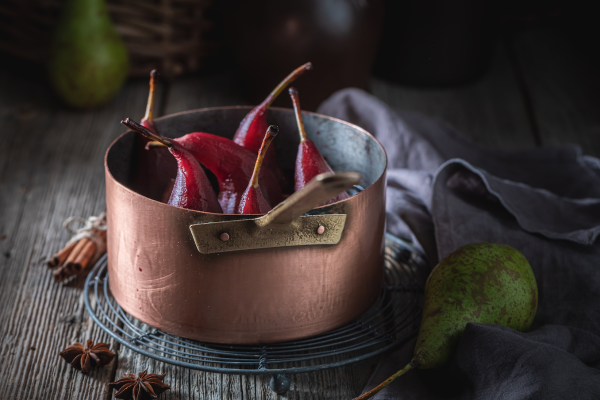The American influence
After World War II, the Netherlands experienced a cultural shift, embracing many aspects of American and Canadian lifestyles. The liberating forces from these countries were celebrated, and their customs were admired. Among these customs was the tradition of serving a stuffed turkey at Christmas. The turkey, already a symbol of festivity during Thanksgiving in the United States, became associated with freedom and celebration in the Netherlands. This culinary adoption was part of a broader admiration for American and Canadian culture, which had a significant impact on post-war Dutch society.

The British connection
In the United Kingdom, the tradition of eating turkey at Christmas has a slightly different historical context. Around 500 years ago, a British explorer bought turkeys from an American-Indian trader, introducing the bird to Britain. The bird quickly became popular, especially during festive occasions. The association of turkey with Christmas was further cemented by literary works like Charles Dickens’ “A Christmas Carol,” published in 1843. Dickens’ portrayal of a stuffed turkey as the centerpiece of a Christmas feast resonated with readers, contributing to the bird’s festive significance.
Cultural symbolism and culinary delight
The turkey has come to symbolize more than just a meal; it represents festivity, togetherness, and cultural exchange. In many households, preparing a turkey is a time-honored tradition that brings families together, whether in the kitchen preparing the bird or around the table enjoying it.

The culinary delight of stuffed turkey
Why Turkey? The appeal of this festive bird

Turkey is not only rich in flavor but also versatile in preparation. Its lean meat is packed with proteins and offers a good source of vitamin D. These nutritional benefits, combined with its relatively neutral taste, make turkey an excellent canvas for a variety of seasonings and stuffing options. Traditional stuffing recipes often include a mixture of breadcrumbs, herbs, and vegetables, but there is ample room for creativity. Some popular stuffing ingredients are minced meat, dried fruits like cranberries or apricots, mushrooms, truffles, various herbs, garlic, and even chestnuts. These combinations provide a delicious contrast to the mild flavor of the turkey meat.

The cooking process
Cooking a turkey is a labor of love. Depending on the size of the bird, it can take several hours to roast it to perfection. A turkey of several kilograms typically requires at least an hour and a half in the oven. The process often involves basting the bird with its own juices or a prepared sauce, ensuring the meat stays moist and flavorful. The final result is a beautifully browned bird with crispy skin and tender, juicy meat, ready to be the star of the Christmas dinner table.

The name and its misconceptions
What’s in a name? The curious case of ’turkey’

The bird’s name in English, “turkey,” is a linguistic curiosity. The name erroneously associates the bird with the country Turkey. This misnomer likely originated from early European trade routes, where the bird was mistakenly associated with Turkish merchants. Similarly, in French, the bird is called “dinde,” a term linked to India. These names have caused enough confusion that Turkey has officially adopted the name “Türkiye” for international recognition, a change endorsed by the United Nations. This renaming effort is also reflected in product labeling, aiming to distinguish the country from the bird.

The history of the turkey
From the wild to the dinner table: A historical journey
Turkeys are native to the Americas, with a history that spans millions of years. The species we are familiar with, Meleagris gallopavo, belongs to the family of galliformes, closely related to chickens. These birds are distinguished by their bronze-colored, iridescent feathers and distinctive bare red head, adorned with blue and red wattles. In the wild, turkeys are agile creatures, capable of running at speeds up to 40 km/h and flying at speeds around 90 km/h. Originally forest dwellers, turkeys were domesticated by the Aztecs in Mexico, who valued them for their cultural and symbolic significance. Over time, they became a staple food source.
From Aztec temples to European tables
The domestication of turkeys by the Aztecs was initially driven by their cultural and symbolic importance. However, over the centuries, these birds also became an important part of the diet. The Spanish explorers who encountered these birds brought them back to Europe, where they quickly gained popularity. In the Netherlands, turkeys are predominantly sourced from France, known for their quality and flavor.

Expanding the tradition: Beyond Christmas
Turkey in modern cuisine

Today, turkey is not just a Christmas dish; it has become a versatile ingredient in various cuisines. From sandwiches and salads to hearty stews and gourmet dishes, turkey’s lean meat and mild flavor make it a popular choice year-round. As global culinary trends evolve, so do the ways in which turkey is prepared and enjoyed. This adaptability ensures that turkey remains a beloved staple, not just during the holiday season but throughout the year.







